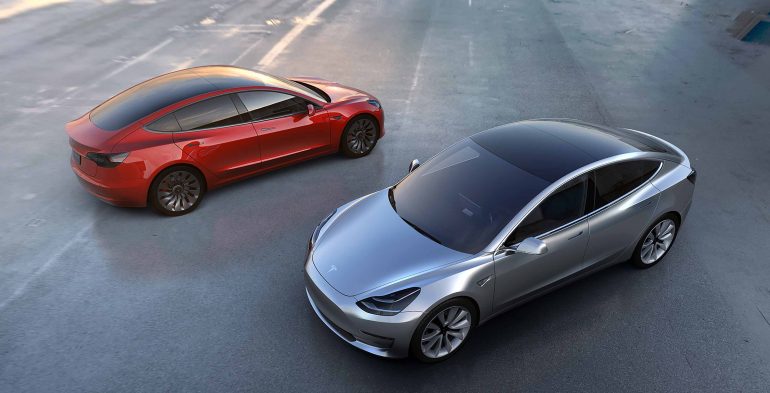In 2016, electric vehicles made up less than one percent of all passenger vehicle sales in Ontario. By 2020, the government is looking to increase that number to five percent. However, analysts say that the province won’t be able to meet this goal in this time, according to a report from The Record.
“The chances of meeting it aren’t low, they’re zero,” auto industry analyst Dennis DesRosiers told The Canadian Press. “In the auto sector all roads lead to electric, it just happens to be that the road to serious acceptance of them is probably at least 2030 and more likely 2040, 2050.”
Analysts, industry, and government alike have cited fears that electric vehicles’ range are what is holding back greater adoption.
This is in spite of the ways in which the government has been encouraging electric vehicle sales, such as through the provision of $75 million in rebates to vehicle owners and the spending $1 million CAD to open an electric vehicle education centre in North York in May.
The government also put an additional $20 million into constructing a network of 500 public charging stations along highways and public places across the province.
Analysts, industry, and government alike have cited fears that electric vehicles’ range are what is holding back greater adoption.
There are concerns that electric vehicles will run out a charge before arriving to charging stations, leading many to prefer gasoline-based vehicles instead.
Telematics company FleetCarma found that sales of electric vehicles rose 96 percent year-over-year for the first nine months of 2017. Meanwhile, in the second quarter, the firm reported that electric vehicle sales accounted for about 0.7 percent of the market.
Pointing to the upwards trajectory, the president of the Canadian Vehicle Manufacturers’ Association said he believes there is a good chance of hitting the government’s five percent electric vehicle target in 2020.
This article was originally published on MobileSyrup


